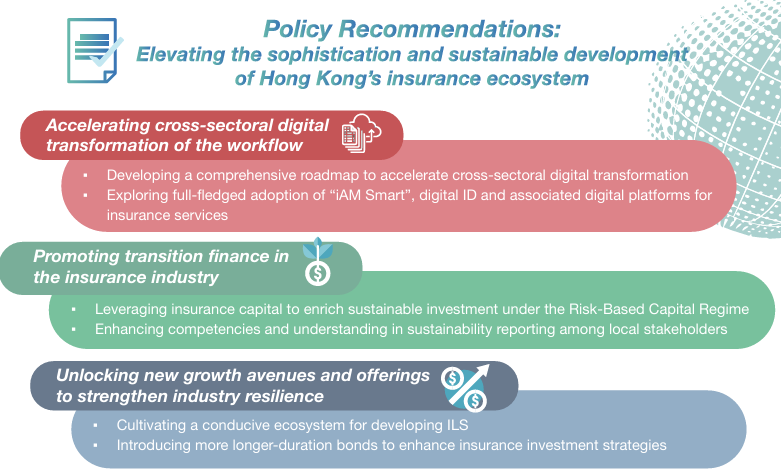China unveils plan to boost financial support for tech innovation
China is making bold moves to align its financial system with technological innovation. A new initiative from the National Financial Regulatory Administration, the Ministry of Science and Technology, and the National Development and Reform Commission aims to refine financial support for tech enterprises, fostering a more adaptive and risk-tolerant environment.
Rethinking Finance for Tech Growth
Traditional financial models struggle to support high-growth, R&D-intensive firms lacking tangible assets. The new framework introduces technology-focused credit services, encouraging banks to offer flexible loan structures with extended repayment periods. Risk assessments will now incorporate intellectual property value, innovation potential, and market impact rather than just collateral.
Venture capital and private equity are also central to this shift, with stronger collaboration encouraged between banks and investment funds. This aligns with a global trend where banking and venture financing converge to support next-generation enterprises.

Digital Finance as a Catalyst
Recognizing the power of digitalization, the reforms promote big data, AI, and cloud computing in risk assessment and credit allocation. Digital finance solutions will enable more precise lending decisions, improving efficiency and reducing default risks.
A key component is enhanced data-sharing infrastructure between financial institutions, regulators, and tech enterprises, increasing transparency and streamlining financial services for the innovation economy.
Expanding Insurance for Tech Risks
Insurance is being positioned as a key enabler of technological investment. New policies will cover R&D failures, product liability, and talent retention, offering firms a safety net to pursue bolder innovation. Intellectual property protection mechanisms, including IP-backed insurance, will further incentivize research and commercialization.
Pilot Programs and Global Implications
China is launching pilot programs in major tech hubs like Shanghai, Ningbo, and Shenzhen to test new financial models. These initiatives include equity investments by financial asset management firms, long-term insurance-driven capital, and cross-border financing solutions to attract foreign investors.
For international stakeholders, this evolving financial landscape presents new investment opportunities, joint ventures, and potential for adapting China's digital finance models to global markets. The country's AI-driven credit assessments and risk-sharing mechanisms could serve as blueprints for financial professionals worldwide.
A Transformational Shift in Innovation Finance
These reforms signal a major shift in China's financial strategy, prioritizing investment-driven innovation over traditional lending. For tech entrepreneurs, this means a stronger financial backbone to support risk-taking and breakthroughs. For financial institutions, it offers new business avenues in digital finance and venture partnerships.
The success of these measures will depend on their execution—whether financial institutions adapt, whether pilot programs scale effectively, and whether risk tolerance balances long-term financial stability.





















































First, please LoginComment After ~